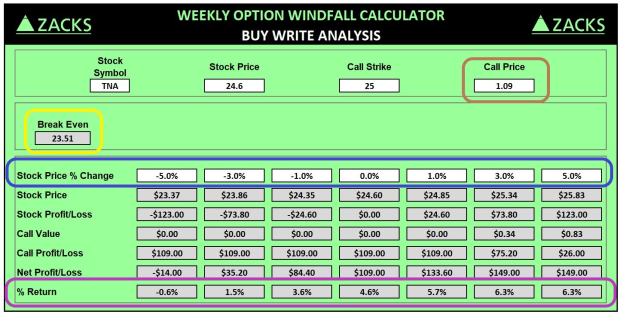Cocoa Prices Surge Amid Supply Concerns and Changing Demand
On Friday, July ICE NY cocoa (CCN25) closed up +261 (+2.86%), while May ICE London cocoa #7 (CAK25) gained +104 (+1.63%). This week’s rally has pushed NY cocoa to a 2-1/4 month high, driven largely by supply issues linked to slowing exports from the Ivory Coast.
Recent government data reveals that from October 1 to April 20, Ivory Coast farmers exported 1.48 million metric tons (MMT) of cocoa. This figure represents an 11.3% increase from last year, though it is a notable decline from the 35% surge recorded in December.
Global Demand Shows Unexpected Strength
Cocoa prices have also benefited from encouraging global demand reports. North American cocoa grindings for Q1 fell 2.5% year-over-year to 110,278 MT, but this was better than the anticipated drop of at least 5%. Similarly, Q1 European cocoa grindings decreased 3.7% year-over-year to 353,522 MT, again outperforming expectations of a 5% decline. Asian cocoa grindings also recorded a smaller than expected fall, down 3.4% year-over-year to 213,898 MT.
Mid-Crop Concerns Affecting Market Outlook
Market anxieties regarding the Ivory Coast’s upcoming mid-crop are placing additional upward pressure on cocoa prices. On April 3, NY cocoa reached a two-month peak amid indications of a weaker mid-crop harvest in West Africa. Rabobank reports that poor rainfall has hampered crop growth, and disappointing farmer surveys from the Ivory Coast and Ghana exacerbate these concerns. The mid-crop, typically smaller, is expected to start this month, with estimates predicting a yield of 400,000 MT—down 9% from last year’s 440,000 MT.
ICE-monitored cocoa inventories in U.S. ports have risen since hitting a 21-year low of 1,263,493 bags on January 24, now reaching 1,962,651 bags, a six-and-a-quarter month high.
Recent Volatility and Trade War Impacts
Earlier this month, cocoa prices dropped, with NY cocoa hitting a one-month low and London cocoa declining to a five-month low, driven by fears that escalating global trade conflicts would reduce consumer demand as tariffs raised cocoa prices. On April 10, Barry Callebaut AG, a leading chocolate manufacturer, lowered its annual sales forecast due to the effects of high cocoa prices and tariff uncertainties.
Future Supply Outlook and Demand Concerns
An improved supply outlook could negatively influence cocoa prices. The International Cocoa Organization (ICCO) has projected a global cocoa surplus of 142,000 MT for the 2024/25 season, marking the first surplus in four years. Additionally, ICCO forecasts a 7.8% increase in global cocoa production to 4.84 MMT.
Demand concerns persist, as executives from chocolate companies like Hershey and Mondelez caution that rising cocoa prices are hindering consumer purchases. Mondelez CFO Zarmella stated that they are observing a decline in cocoa consumption, particularly in North America. The company also warned of possible chocolate price hikes of up to 50% due to soaring cocoa prices, which could further suppress demand. Hershey has indicated that high prices are compelling them to adjust formulations to include fewer cocoa products.
Smaller cocoa supplies from Ghana, the world’s second-largest cocoa producer, may support prices as Cocobod, Ghana’s cocoa authority, recently reduced its 2024/25 harvest estimate to 617,500 MT, a 5% decline from its August forecast of 650,000 MT.
The ICCO has reported that the 2023/24 global cocoa deficit stands at -441,000 MT, the largest shortfall in over 60 years. It also noted a significant drop in cocoa production, down 13.1% year-over-year to 4.38 MMT, alongside a 46-year low cocoa stocks/grindings ratio of 27.0%.
On the date of publication, Rich Asplund did not hold positions in any securities mentioned in this article. All information and data in this article are solely for informational purposes. For more details, please view the Barchart Disclosure Policy.
More news from Barchart.
The views and opinions expressed herein are those of the author and do not necessarily reflect those of Nasdaq, Inc.


